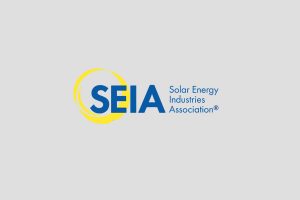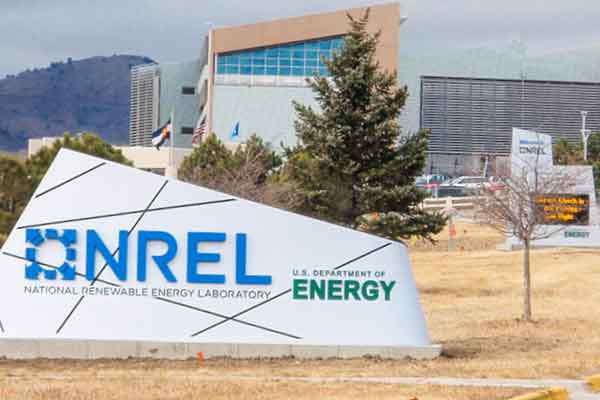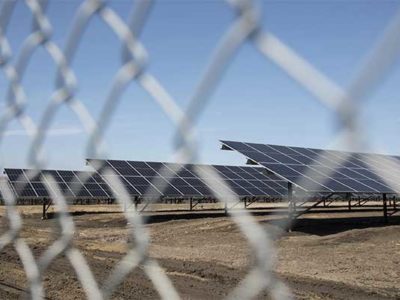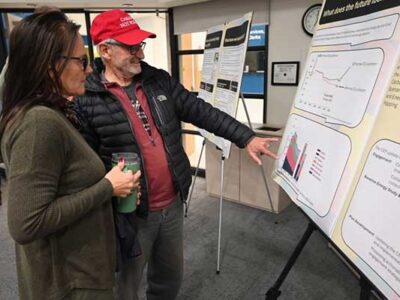- The executive order enforces strict limits on which wind and solar projects qualify for federal tax credits, ending broad safe harbor provisions.
- The Department of the Interior is directed to eliminate any preferential treatment for renewables on public lands.
- The move signals a broader policy shift favoring fossil fuels over clean energy, potentially stalling new renewable developments.
In a move that marks a dramatic departure from the pro-renewables policies of the past decade, President Donald Trump has signed an executive order aimed squarely at dismantling federal support for wind and solar energy projects.
The directive, issued on July 7, accelerates the phase-out of clean energy tax credits and calls for the elimination of what the administration describes as “market-distorting subsidies” for “unreliable, foreign-controlled energy sources.”
The executive order builds on the recently passed “One Big Beautiful Bill Act,” which terminates federal production and investment tax credits (PTC and ITC) for new wind and solar projects unless they begin construction before 2026 and come online by 2027. Previously, developers could claim a 30% tax credit through 2032 under the Inflation Reduction Act (IRA).
Tightening the Safe Harbor Window

Donald Trump (The Financial Express)
Trump’s order instructs the Treasury Department to strictly enforce and redefine what qualifies as “beginning construction” — a critical eligibility milestone for claiming the PTC and ITC.
Specifically, the order seeks to restrict the use of “broad safe harbors” that allowed developers to qualify simply by spending 5% of project costs or initiating preliminary construction work.
Treasury is directed to issue updated guidance within 45 days, including measures to prevent what the administration calls the “artificial acceleration or manipulation of eligibility.” Additionally, the department must implement new rules around Foreign Entity of Concern (FEOC) restrictions — a provision aimed at reducing reliance on solar panels and components sourced from countries like China.
Interior Department Ordered to End “Preferential Treatment”
The executive order also tasks the Department of the Interior with reviewing and revising any policies that may provide favorable treatment to wind and solar projects over so-called “dispatchable” energy sources like coal, gas, and nuclear.
The review covers all regulations and land-use decisions under the department’s jurisdiction, particularly those involving public lands leased for renewable energy development.
Both agencies are required to submit implementation reports to the White House by mid-August.
Industry Reaction

The Solar Energy Industries Association® is the national trade association of the U.S. solar energy industry, which now employs more than 250,000 Americans.
Clean energy advocates and developers swiftly condemned the move.
Abby Hopper, President and CEO of the Solar Energy Industries Association (SEIA), said the order introduces “uncertainty and instability” into a sector responsible for most of the new electricity generation capacity in the U.S. “Business certainty and predictability are foundational to investment,” she said.
The industry fears that limiting access to safe harbor rules will disrupt project financing and development timelines, especially for large-scale utility solar. Legal analysts expect the EO to face challenges in court, especially around its interpretation of statutory tax provisions.
What’s at Stake
“The battle over America’s energy future is far from over, but this executive order is a defining marker in the shifting political winds.”
Renewable energy advocates argue the executive order undermines years of bipartisan progress toward grid modernization and emissions reductions. At a time when solar and wind are the cheapest sources of new electricity in much of the U.S., the move could stall momentum in one of the fastest-growing job sectors.
Trump’s message is clear: he’s betting on fossil fuels, domestic energy dominance, and a rollback of climate-forward policies. With the 2026 sunset looming, clean energy developers now face a compressed timeline — and a more hostile policy environment — to bring projects to fruition.
The battle over America’s energy future is far from over, but this executive order is a defining marker in the shifting political winds.














Comments